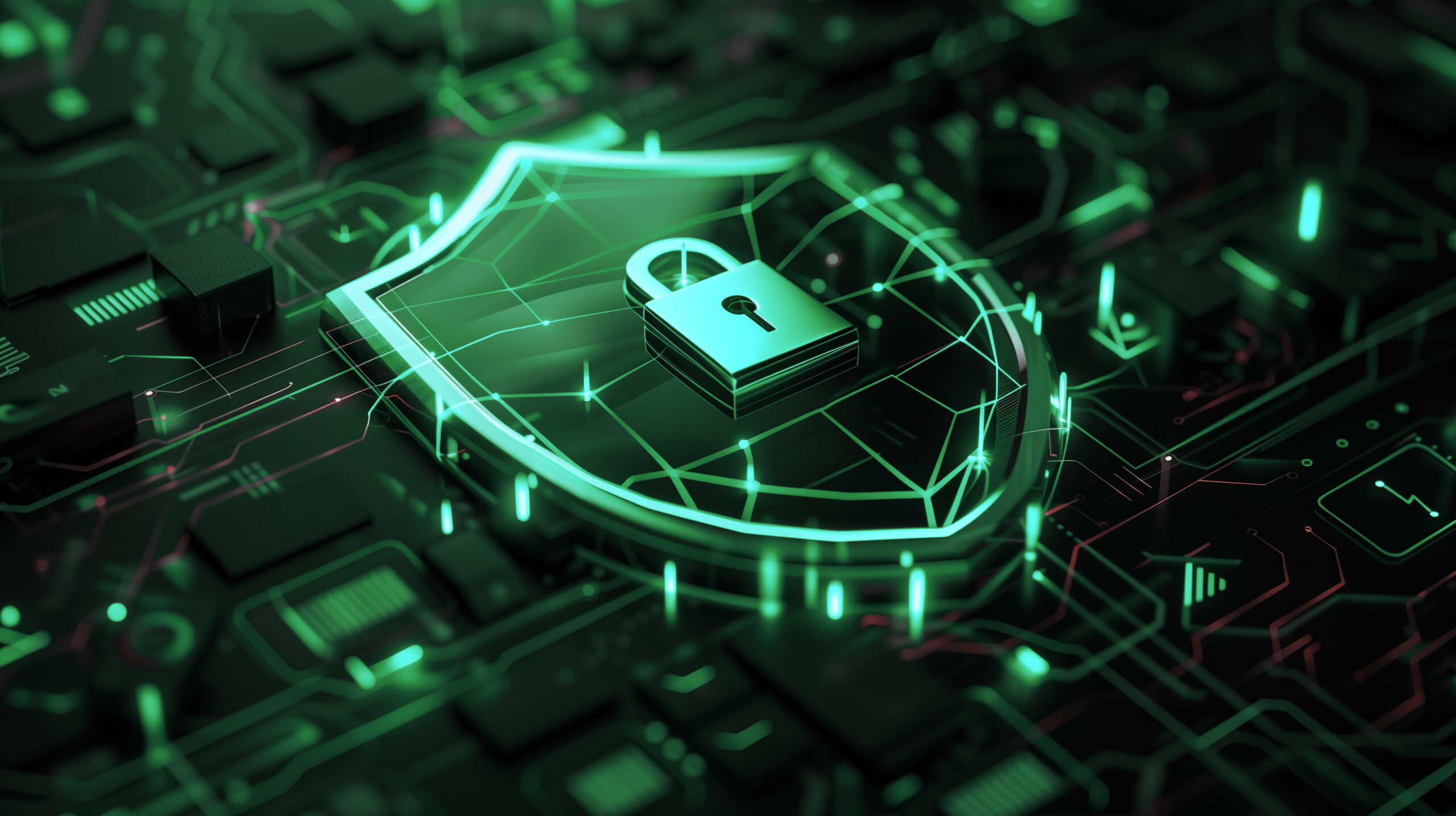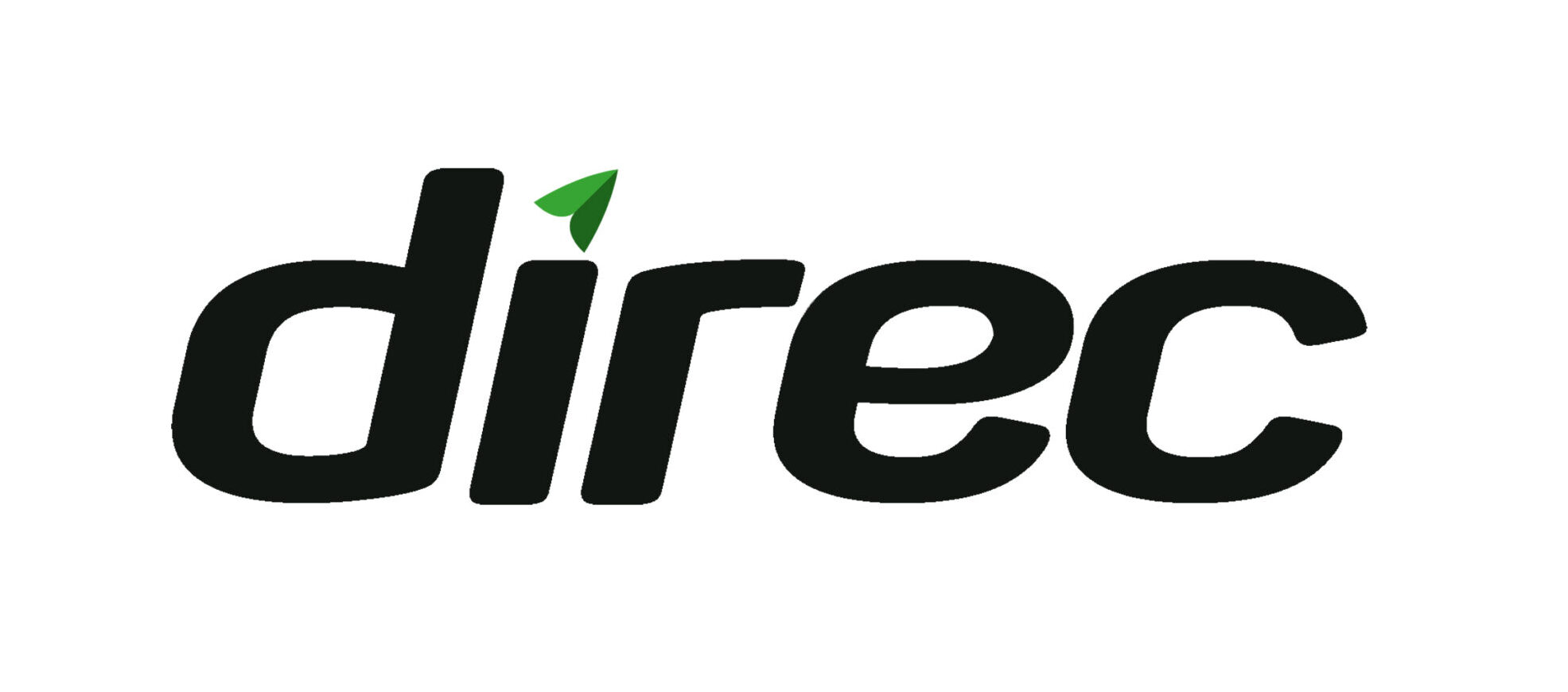
03 Oct Understanding Ransomware in the Philippines—What You Need to Know
Ransomware has remained one of the biggest threats to businesses in and out of the country. But why is ransomware in the Philippines continuously rising? And why aren’t we acting now?

Businesses today, regardless of industry, rely on digital networks to operate more efficiently. But with this efficiency comes an ever growing threat of cyberattacks, particularly ransomware. This form of cyberattack locks companies out of their own data until a hefty ransom is paid to cybercriminals.
The scariest part? The Philippines is becoming a major target. Ransomware in the Philippines has taken down businesses across the country, from small enterprises to national industries, leaving them crippled both financially and operationally.
Just recently, reports show that typical Filipino firms face up to one million PHP in costs due to ransomware. With numbers like that, the question isn’t whether your business will be next, but if you’re business is ready to stop it in its tracks.
Number of Ransomware Cases in the Philippines
The numbers don’t lie. Ransomware in the Philippines is on the rise and it keeps increasing as of writing – let’s look at the stats.
In 2022, ransomware attacks surged by a staggering 57.4%. And that’s just in one year. Every day, companies are falling prey. From finance and healthcare to government offices in the Philippines, hackers don’t discriminate. Consequently, each successful attack just emboldens them to do more damage.
This paints a clear picture: ransomware is evolving faster than we’re preparing for it. Yet, many businesses are still underestimating the threat. What’s worst is that it could be your turn next.
Global attacks vs. Ransomware in the Philippines
While the Philippines isn’t alone in dealing with ransomware, it’s becoming an easy target compared to other nations. Why? Cybercriminals are attracted to weak links, and the combination of rapid digital adoption and less-than-advanced cybersecurity practices has placed the country firmly in the crosshairs.
Globally, the Philippines ranks second on the list of most vulnerable countries—and the more vulnerable we are, the bigger the bulls-eye on our backs.

The Real Cost of Ransomware in the Philippines
Ransomware isn’t just about the initial ransom—it’s about everything you don’t see coming:
Financial Impact
Ransom payments are only the tip of the iceberg. To begin with, recovery costs, lost revenue, and reputational damage can add up quickly, leaving companies deep in the red. In 2024, recovery costs of ransomware for the energy and water industries quadrupled, bringing up to 3M in financial strain. But, how many businesses can afford such a loss? The reality is, not many.
Operational Impact
Beyond financial strain, business operations can come to a halt after an attack. In just a few minutes, even seconds, an entire workforce may lose their ability to access critical systems, orders get delayed, or services cut off for days—or weeks. So, this isn’t just lost time anymore—it’s lost revenue and even customer trust.
Human Impact
But ransomware in the Philippines don’t just affect systems—they affect people too. Employees are thrown into high-stress situations, working overtime to manage the fallout, and often bearing the burnt of customer frustration. It’s not uncommon for IT teams to burn out under the pressure, and in worst-case scenarios, employees lose their jobs as companies cut costs to stay afloat.
How does ransomware infiltrate PH businesses?
With the massive impact of ransomware in the Philippines, no one will ever think that it can start with something as simple as an email.
A team member unknowingly clicks on a malicious link or downloads a suspicious file, and just like that, hackers can have a foothold in your system. Soon after, ransomware spreads through the network ultimately, locking down files and systems one by one, like a wildfire.
Sophistication of Modern Ransomware in the Philippines
These days, ransomware isn’t just attacking randomly. They are becoming more sophisticated, creating personalized attacks designed to exploit targeted vulnerabilities. Modern ransomware can slip past outdated security measures, hitting businesses before they even realize what’s happening.

How to Keep Ransomware Out
The good news? Ransomware isn’t unstoppable. In fact, you can defend your business with some strategic, proactive steps:
- Backups are your best friend – Make regular backups of your data and keep them in secure, offline locations. This way, if attackers compromise your systems, you can restore your data without paying a ransom.
- Employee Training – Your people are your first line of defense. So, train them to spot phishing emails, suspicious downloads, and other warning signs.
- Strengthen Your Network Security – Implement strong security measures like firewalls and multi-factor authentication to keep intruders out.
- Patch Management – Don’t ignore those pesky update reminders. By doing so, you can keep your software and systems up-to-date to prevent attackers from exploiting known vulnerabilities.
- AI and Advanced Tools – Take advantage of AI-powered cybersecurity tools that can detect and block suspicious activity before it escalates into an attack.
How to Recover from a Ransomware Attack
While prevention is key, sometimes the inevitable happens. If your business does fall victim to ransomware in the Philippines, it’s important to stay calm and take the right steps:
First Steps After an Attack
First things first—disconnect infected systems from your network immediately. This helps prevent ransomware from spreading further. So, always get in touch with cybersecurity professionals who specialize in ransomware recovery to assess the damage and start planning your next steps.
Getting Back on Track
If you’ve backed up your data (see why we stress backups?), you can restore it from there. But more importantly, take the opportunity to analyze how the attack happened in the first place. Every attack teaches a lesson—learn from it to strengthen your defenses.
Bouncing Back Stronger
A ransomware attack doesn’t have to spell the end for your business. Use it as a stepping stone to strengthen your cybersecurity, train your staff better, and improve your overall strategy moving forward.

Sophos is your best shield against ransomware in the Philippines.
At the end of the day, you need a trusted partner that can protect your business. Sophos offers advanced, AI-powered ransomware defense tools that go beyond basic security measures. With real-time detection and automated responses, Sophos helps businesses stop ransomware before it does any real damage.
Sophos has already helped countless organizations prevent and recover from ransomware in the Philippines. And it can do the same for your business, keeping it secure in this increasingly hostile digital world.
We got your back.
Ransomware might be a growing threat, but you don’t have to face it alone. Direc Business Technologies, Inc. is your can empower your team and help strengthen your defense against cyberattacks targeting your business across touchpoints.
Connect with us today to learn how we ensure that your business stays safe, resilient, and ready for whatever comes next.

